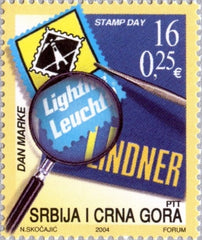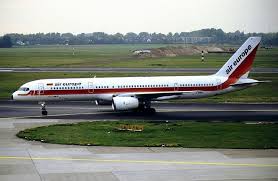Introduction
Serbia, a country situated in Southeast Europe, has a rich history and culture that continues to shape its current political and economic landscape. In recent months, Serbia has been in the spotlight for several significant events, including diplomatic relations with the European Union and regional stability issues. Understanding these developments is essential, not only for regional stakeholders but also for those interested in the broader implications for European politics.
Political Landscape
In recent weeks, Serbia’s government has been focused on strengthening its ties with the European Union, aiming for further integration. The EU has been supportive of Serbia’s path towards membership, yet concerns about rule of law and media freedoms remain prevalent. Serbia’s President, Aleksandar Vučić, has emphasized the importance of reforming various sectors to meet EU standards, a move seen as essential for the nation’s future.
Regional Tensions and Domestic Issues
Additionally, aspirations for EU integration are complicated by ongoing tensions with Kosovo. The dialogue between Belgrade and Pristina has seen ups and downs, with the latest rounds of negotiations showcasing the complex relationship between the two territories. On the domestic front, socio-economic issues, particularly concerning the cost of living and inflation, have sparked protests in several cities, reflecting public discontent with the government’s handling of these issues. Reports indicate that citizens are concerned about rising food prices and energy costs, urging the government to implement measures to stabilise the economy.
Cultural Developments
Culturally, Serbia is witnessing a revival of interest in its traditions, arts, and festivals. The recent Belgrade Design Week and the EXIT festival have attracted international attention, showcasing Serbia’s vibrant cultural scene. These events not only foster community spirit but also have significant economic benefits, drawing tourists and showcasing local talent to a global audience.
Conclusion
As Serbia navigates its path towards EU integration while managing regional tensions and domestic challenges, its future remains dynamic. The interplay between political reforms, international relations, and cultural resurgence is critical for understanding Serbia’s role in the Balkans and Europe as a whole. Stakeholders, from policymakers to citizens, must stay informed as these developments unfold, as they hold significant implications for stability and growth in the region.


